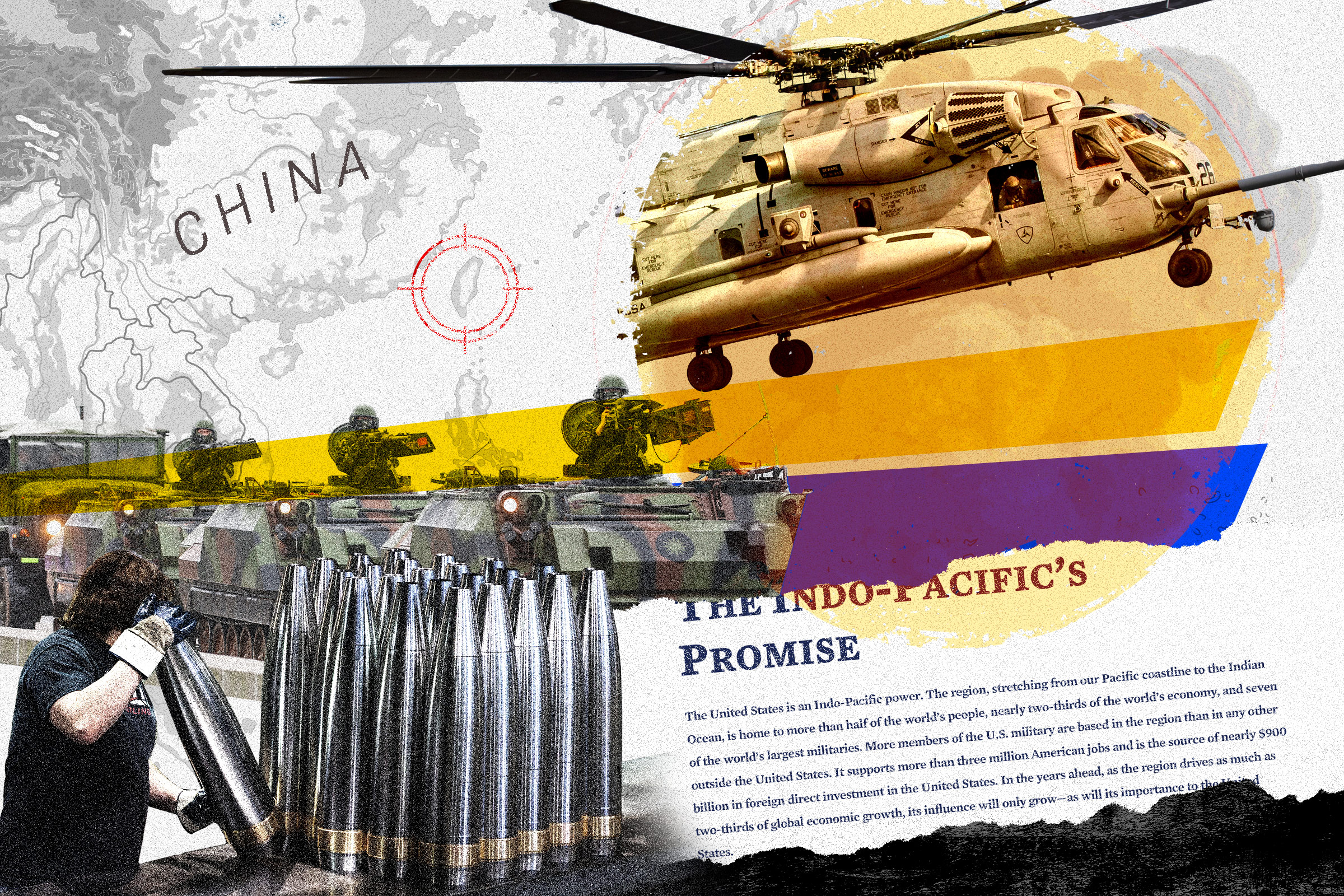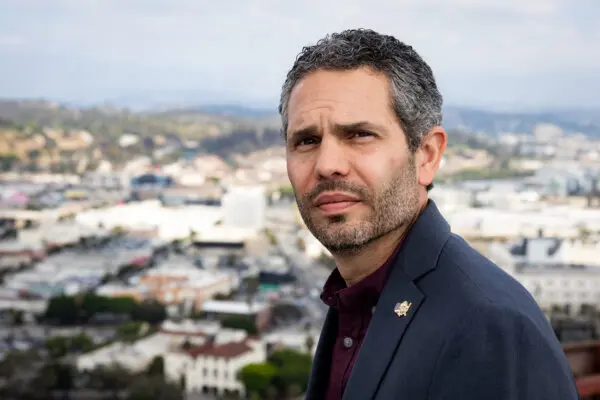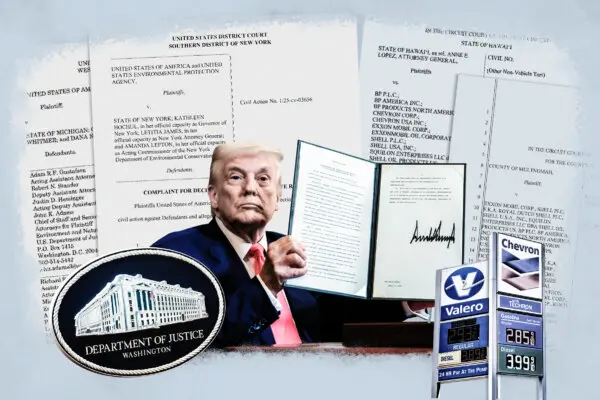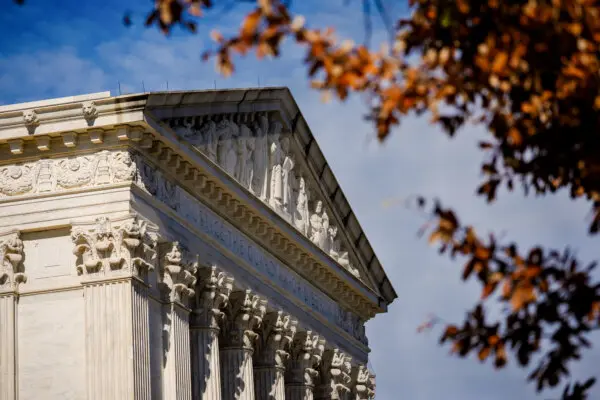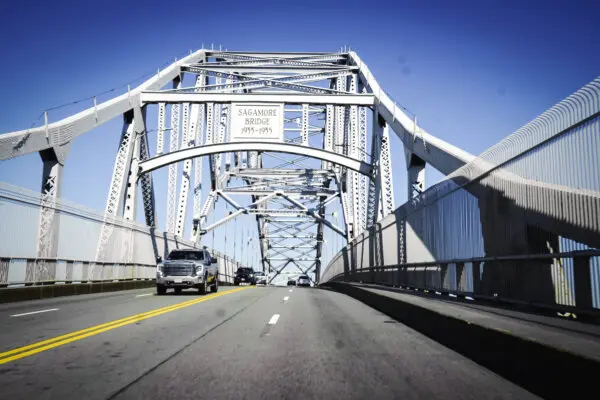When the White House released its second Indo-Pacific strategy in February 2022, senior officials said, “No region will be more vital to the United States in the future and that American security and prosperity fundamentally depend on that of the Indo-Pacific.”
Two weeks later, Russia invaded Ukraine. Then, in October 2023, Hamas terrorists attacked Israel. In late May, the United States and Germany allowed Ukraine to strike targets on Russian soil using weapons they supply. Anticipating the move from the United States and other NATO countries, Russian President Vladimir Putin warned that a third world war has “crept up unnoticed.”
